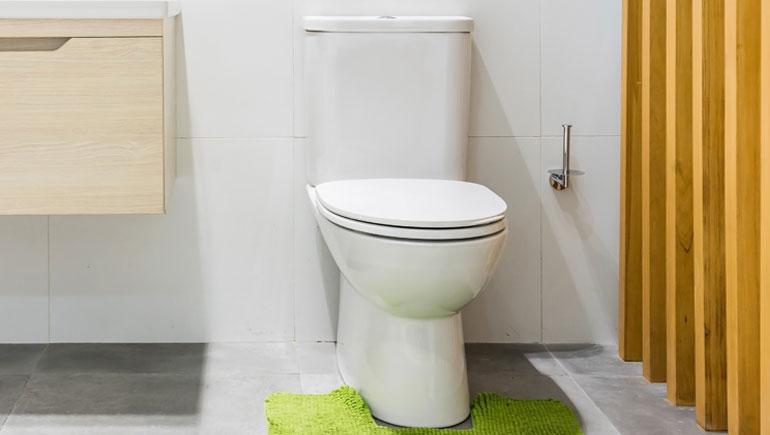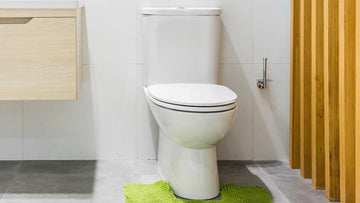In our rapidly evolving world, water conservation has become a critical concern, especially within the plumbing and sanitation industries. With an increasing demand for sustainable solutions, the emergence of low-flow toilets has been a significant advancement. This article aims to provide an industry-focused analysis on the low-flow toilet pros and cons, allowing industry QA professionals to make informed decisions regarding plumbing systems.

Understanding Low-flow Toilets
Before diving into the advantages and disadvantages, it's essential to grasp what low-flow toilets are. These toilets are designed to use significantly less water than traditional models, generally using 1.6 gallons per flush (GPF) or less, compared to older models which might use 3.5 to 7 GPF. The primary goal is to reduce water consumption, leading to both environmental benefits and cost savings. For a detailed historical perspective, you can explore more about how low-flow toilets operate.
Pros of Low-flow Toilets
Water Conservation
The most evident advantage of low-flow toilets is their ability to conserve water. This conservation is vital, as water scarcity is a growing global concern. According to a study by the Environmental Protection Agency (EPA), conserving resources through lower usage toilets contributes significantly to community conservation efforts.
Cost Efficiency
In line with conserving water, these toilets also equate to significant cost savings on water bills. Industry professionals often cite budgetary benefits as a primary reason for recommending these fixtures to clients. For more insight on saving costs, consider reading about budget-friendly options.
Environmental Impact
By reducing water use, low-flow toilets help decrease the energy required for water treatment processes. This reduction contributes to a lower carbon footprint and promotes sustainability, which is a growing ethical and regulatory demand within the industry.
Cons of Low-flow Toilets
While the benefits are clear, it is important to acknowledge some of the drawbacks associated with low-flow toilets.
Potential for Clogging
One of the common issues is the increased potential for clogs due to the reduced water flow. This can pose challenges for quality assurance professionals who must ensure reliability and functionality in plumbing systems. Understanding diverse flush mechanisms might aid in addressing such concerns.
Initial Installation Costs
Although these toilets offer savings over time, the initial investment can be higher compared to traditional models. However, many industry experts consider this a worthwhile investment, especially when weighed against long-term environmental and fiscal benefits.
Strategic Considerations for Industry QA
When considering the switch or recommendations for low-flow toilets, QA professionals should balance the immediate costs against the long-term sustainability and financial benefits. Familiarity with the specific needs of the property or establishment is crucial, such as understanding whether a smart toilet integration would be beneficial.

FAQ
Are low-flow toilets reliable in large households?
Yes, modern low-flow toilets are designed to handle regular use in large households with minimal issues, though it's essential to choose high-quality models to avoid potential clogs.
Do low-flow toilets save a significant amount of water annually?
Yes, they can significantly reduce water usage. According to studies, a family can save up to 13,000 gallons of water per year by switching to a low-flow toilet model.
How do low-flow toilets compare in terms of maintenance?
Maintenance needs can be slightly higher if using lower quality models, but properly selected systems usually require similar upkeep levels as traditional toilets.
For further insights and considerations on eco-friendly bathroom solutions, you might also look into ways to upgrade your fixtures.






